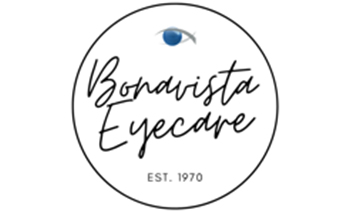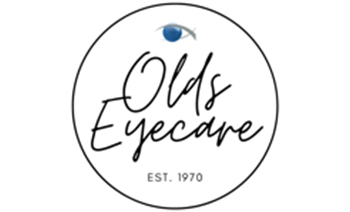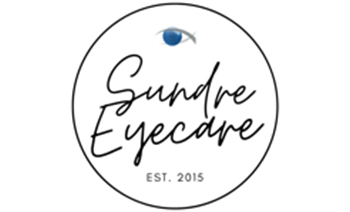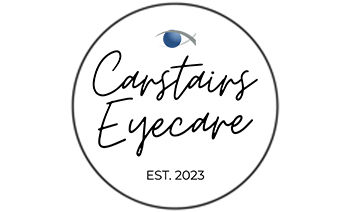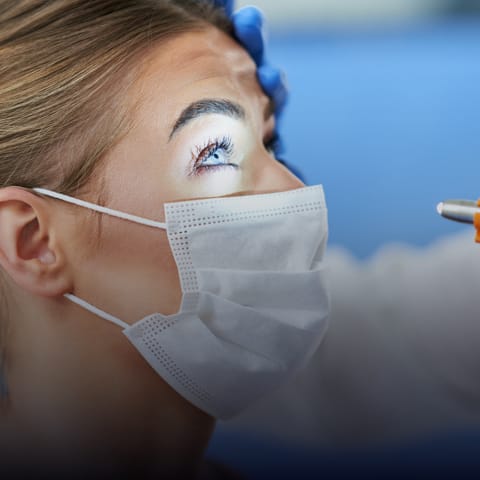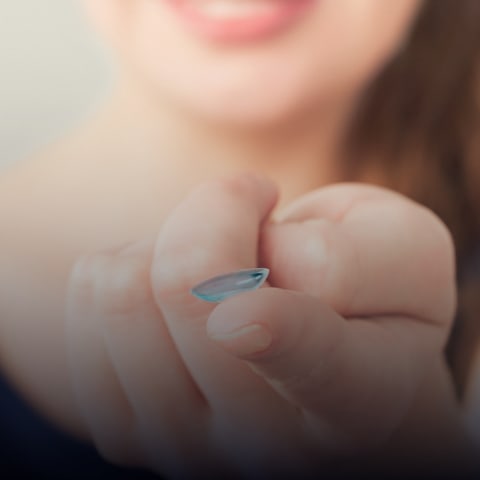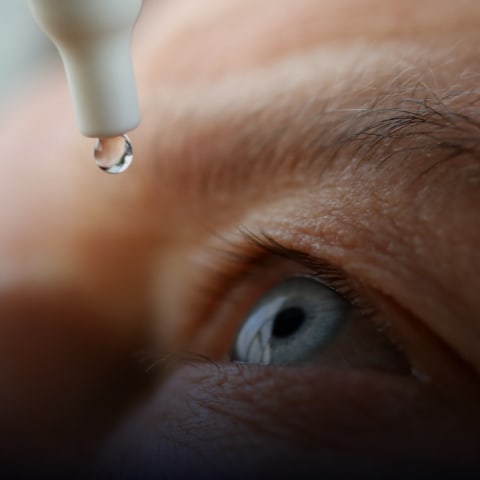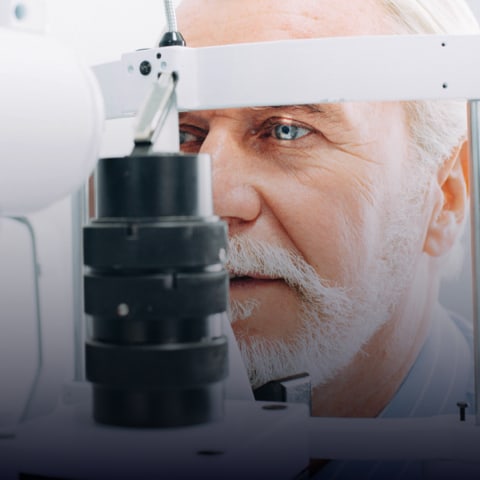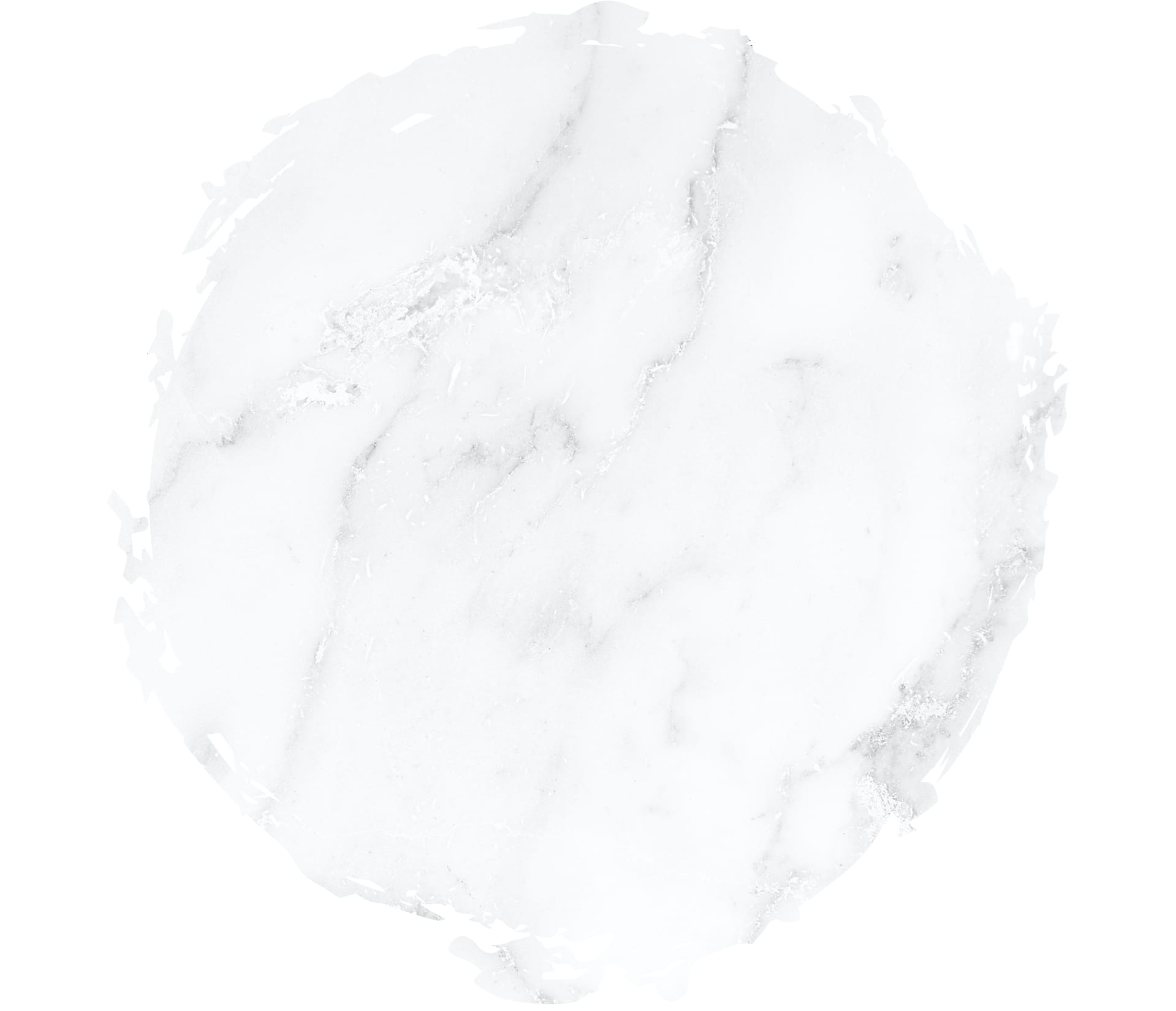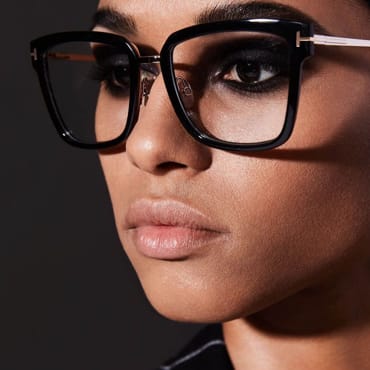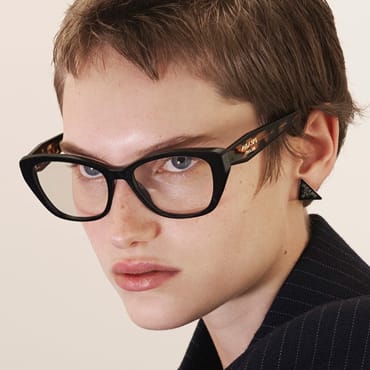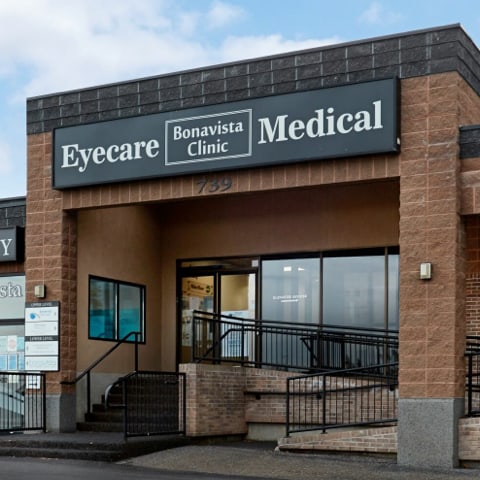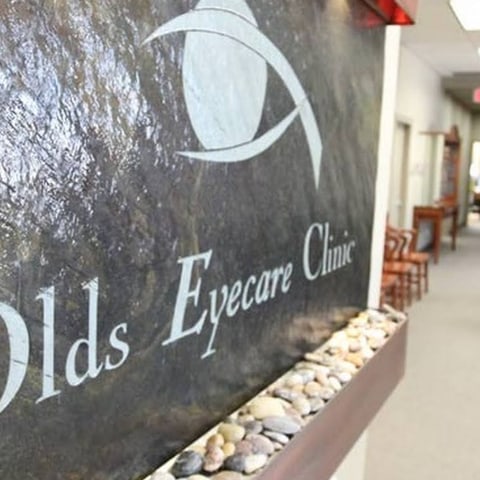Dry eye syndrome can be very disruptive to daily life, causing discomfort, itchiness, light sensitivity, and watery eyes. Dry eye can also lead to blurry vision. In fact, blurry vision is a common symptom of dry eye, affecting 58% of people with chronic dry eye, according to one 2020 study.
Left untreated, dry eye can create more serious problems for your vision, but there are ways to manage this condition. From eye drops and lifestyle changes to radiofrequency treatment and meibomian gland expression, you have options. Ask your optometrist for recommendations on treatments based on the underlying cause of your symptoms.
What Is Dry Eye (Ocular Surface Disease)?
Also known as ocular surface disease, dry eye happens when your body doesn’t make enough tears to lubricate your eyes, or the tears it does make don’t contain the proper balance of materials. Our tears consist of 3 layers: an oily layer, a watery layer, and a mucus layer.
Besides being uncomfortable, chronic dry eye can damage the cornea. Dry eye can also make wearing contact lenses more challenging and raise the risk of infection.
It’s a common condition, however. According to the Waterloo Eye Institute, it’s estimated that 30% of Canadians experience dry eye. So, you’re not alone if you struggle with gritty and itchy eyes.
Dry Eye Causes
There are many possible causes of dry eye, including:
- Aging or changes in hormone levels
- Family history and genetics
- Environmental triggers
- Issues with blinking properly
- Exposure to ultraviolet light
- Underlying health conditions, such as rheumatoid arthritis, thyroid disease, and Parkinson’s disease
- As a side effect of medications, including antidepressants, antihistamines, and oral contraceptives
How Dry Eye Leads to Blurry Vision
When you think of dry eye, the first symptoms that come to mind are likely a scratchy or itchy feeling, or the sensation that something is stuck in your eye. While these are indeed symptoms of dry eye, blurry vision is another common symptom. In fact, according to one 2020 study, 58% of people with chronic dry eye experience moderate to severe blurry vision.
So, why does blurry vision happen? A few things can contribute:
- Corneal damage: Your cornea is a clear, dome-shaped structure at the front of your eye that both protects it and helps focus light. As mentioned above, chronic dry eye can damage the cornea, which can scatter light rays as they enter your eye.
- Unstable tear film: You have a tear film that covers your cornea. When this tear film is unstable, your vision may become less clear, and you may even see a glare.
- Watery eyes: It may seem strange that excessive tearing is a symptom of dry eye, but this is your body trying to compensate for an inadequate oily layer in your tears. A lack of oil causes the watery layer of your tears to evaporate too quickly, so your body produces more water, which doesn’t solve the underlying issue.
Other Symptoms of Dry Eye
If you have dry eye, you may also experience:
- A burning or scratchy sensation
- The feeling that something is stuck in your eye
- Redness
- Sensitivity to light
- Discharge
- Excess tears, leading to watery eyes (also known as epiphora)
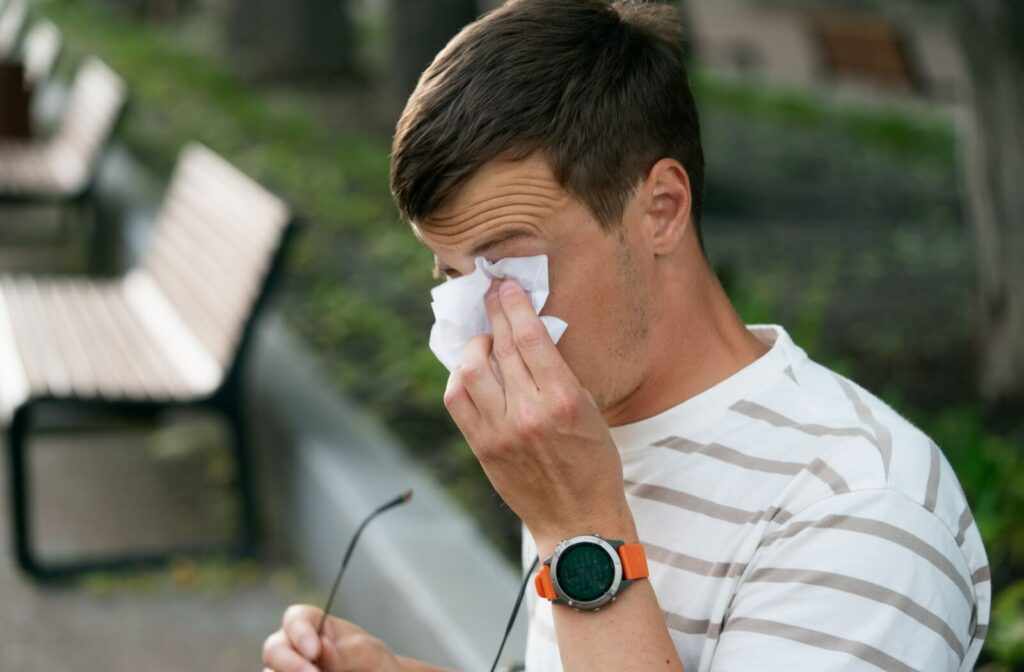
Dry Eye Treatments
Dry eye can make daily life more frustrating, and while it tends to be chronic, there are many treatment options available.
Eye Drops & Lifestyle Changes
Simple treatments include eye drops and lifestyle changes. Eye drops, ointments, and gels may be available over-the-counter, and there are also prescription medications. Ask your optometrist which products they recommend.
Warm compresses can help too. You can also try changing your environment, such as investing in a humidifier if your indoor space is dry. And remember to stay hydrated, get enough sleep, and take breaks if you look at screens for long periods of time.
Meibomian Gland Expression
Dry eye can be caused by meibomian gland dysfunction (MGD). Your meibomian glands produce the oily layer of your tears, and when they become blocked, this can lead to dry eye symptoms. We can stimulate these glands by massaging or using other tools to express them.
Radiofrequency (RF) & Intense Pulsed Light (IPL)
These treatments use technologies that harness radiofrequency and intense pulsed light to unclog the meibomian glands or treat inflammation.
BlephEx
This treatment cleans and exfoliates the eyelids. It can also alleviate dry eye symptoms.
Dry Eye Treatment Options in Alberta
Think you may have ocular surface disease? Take our dry eye questionnaire to see if your symptoms are consistent with the condition.
Dry eye can be a frustrating condition to live with, but you have options. With locations in Calgary, Olds, Carstairs, and Sundre, Bonavista Eye Care Clinics offer a wide variety of dry eye treatments, from eye drops to RF and IPL.
To learn more about dry eye and how we can help you find relief, book an appointment with us today.




